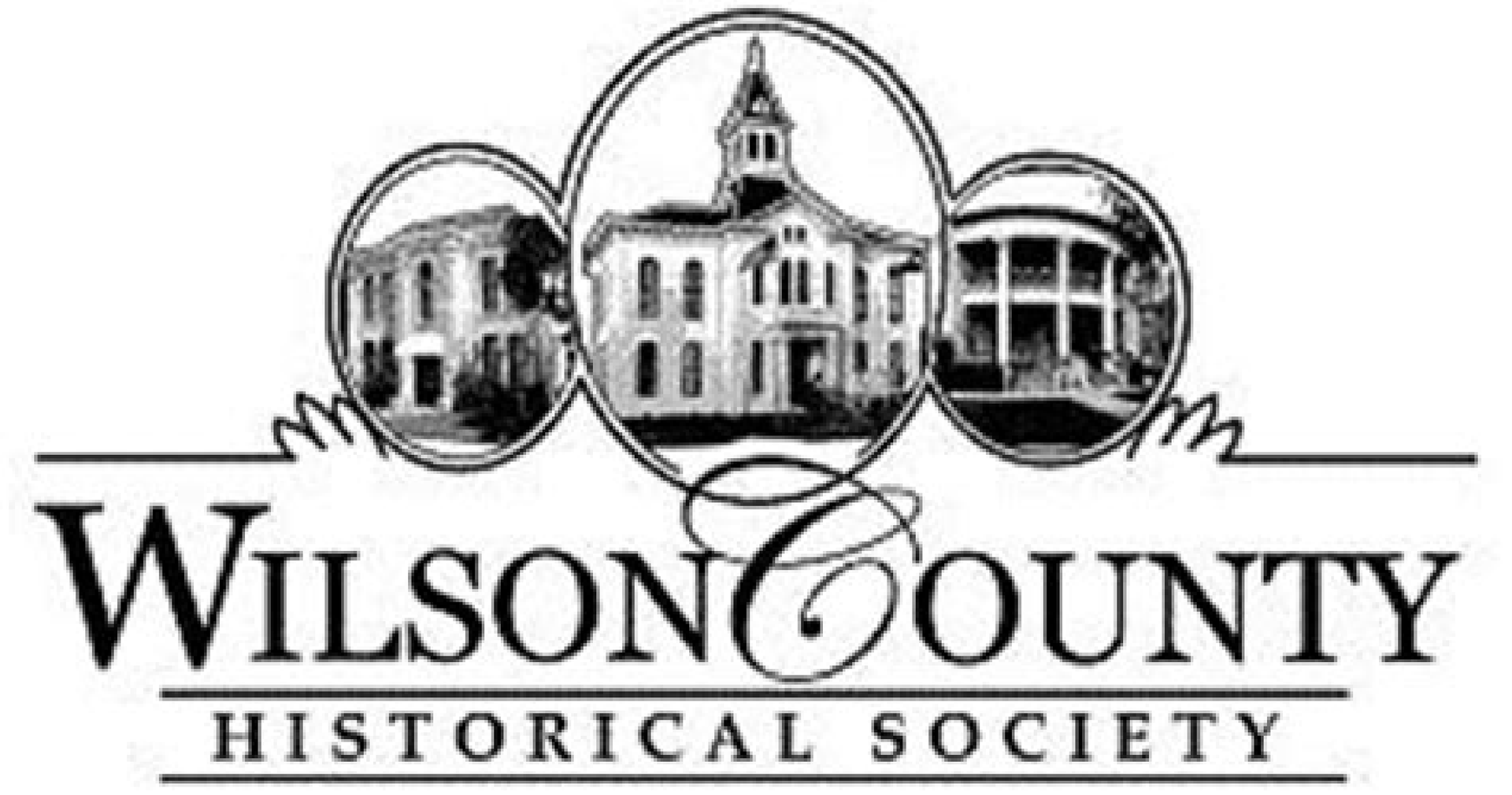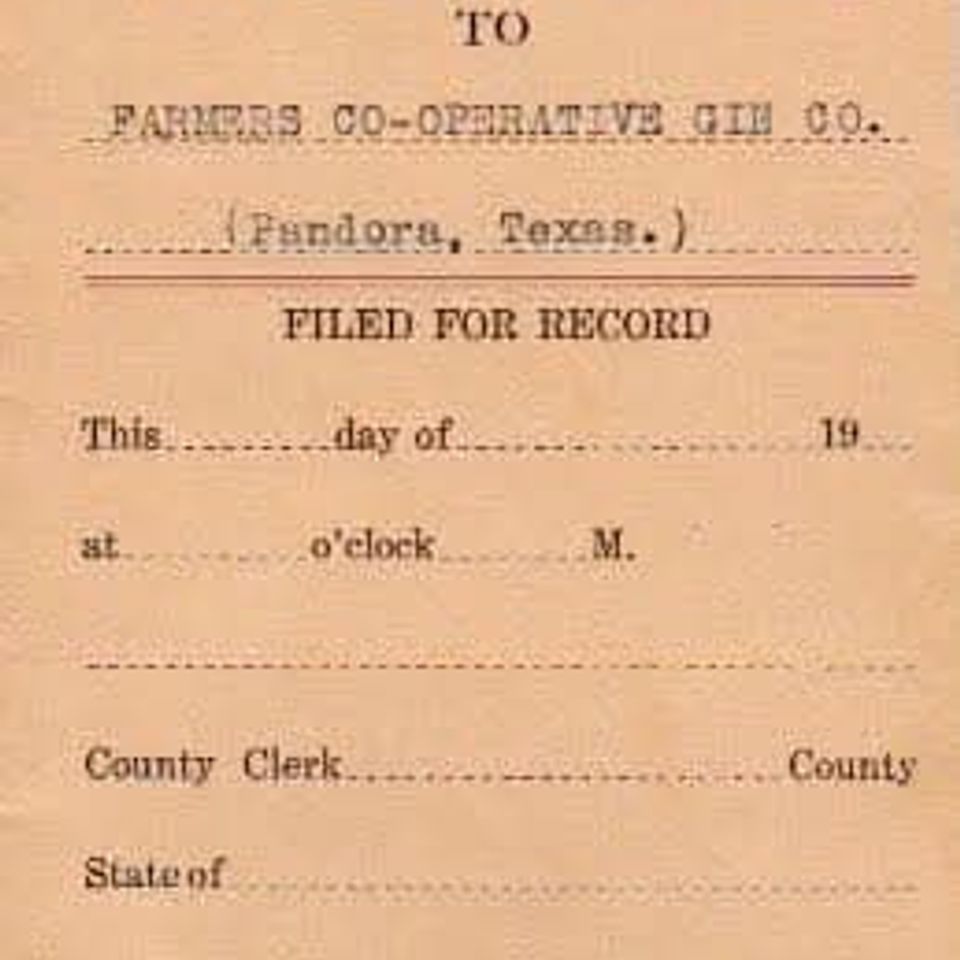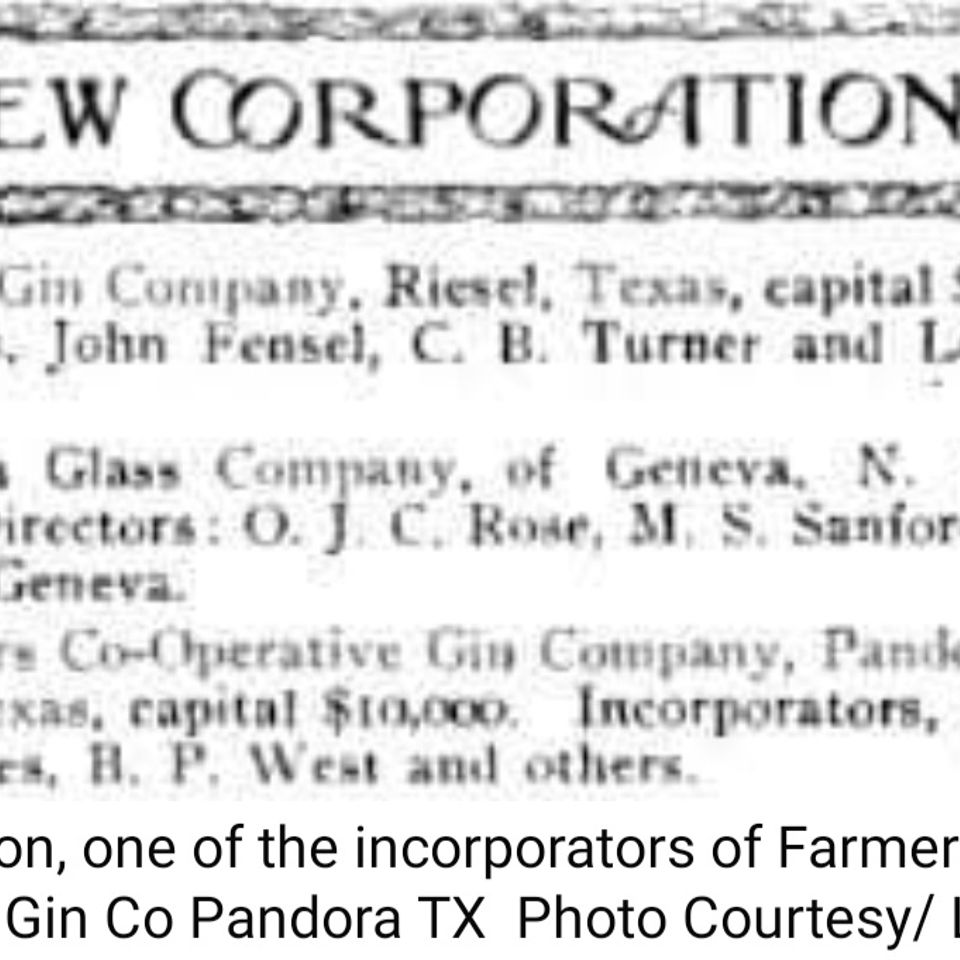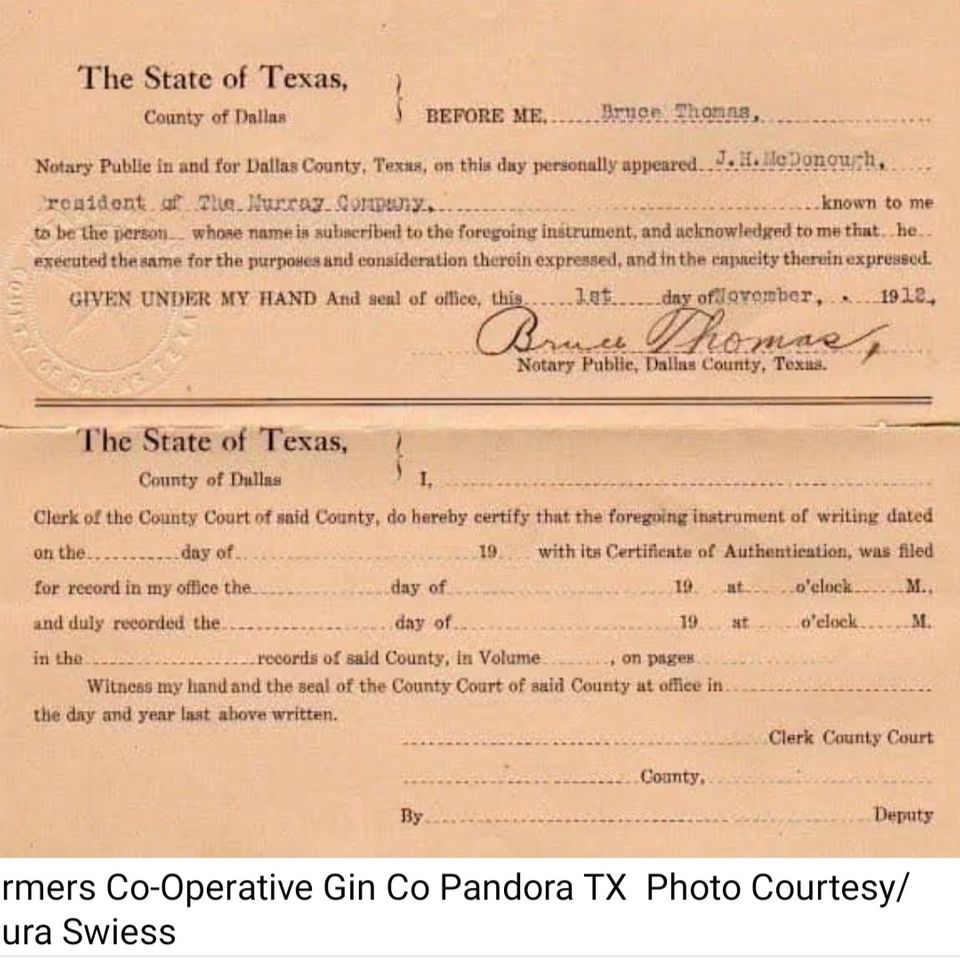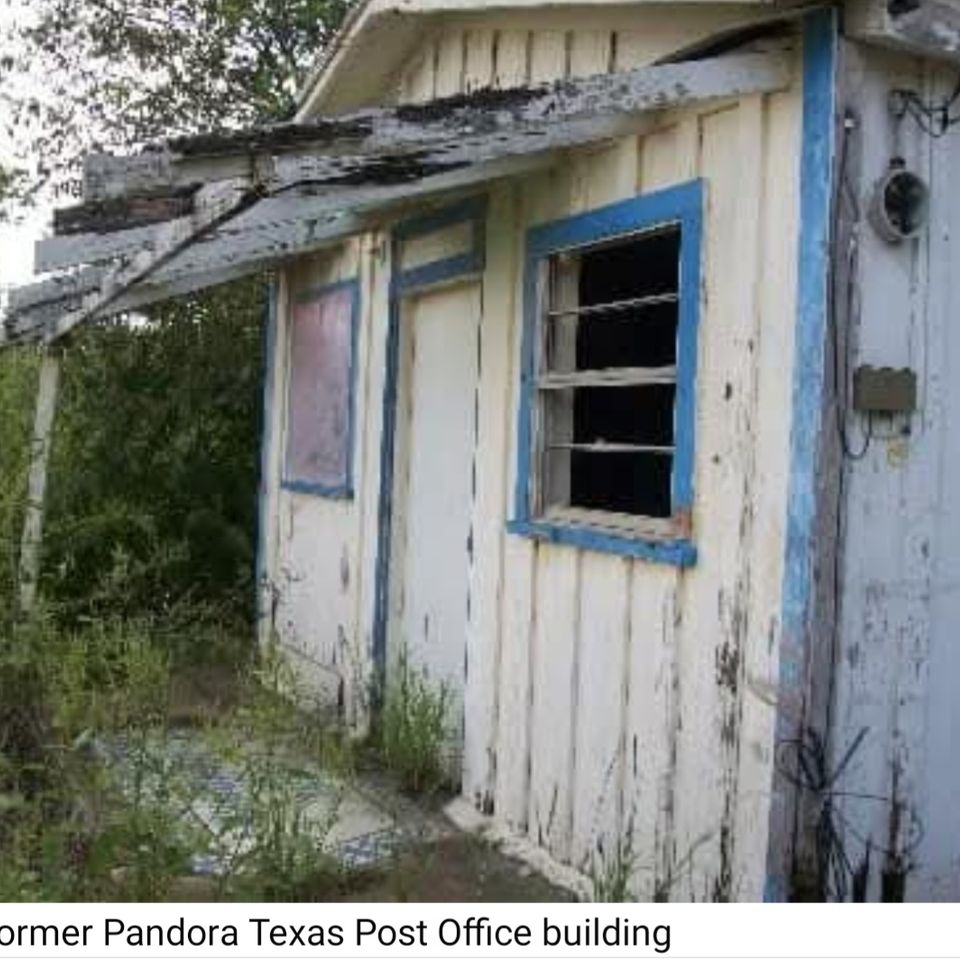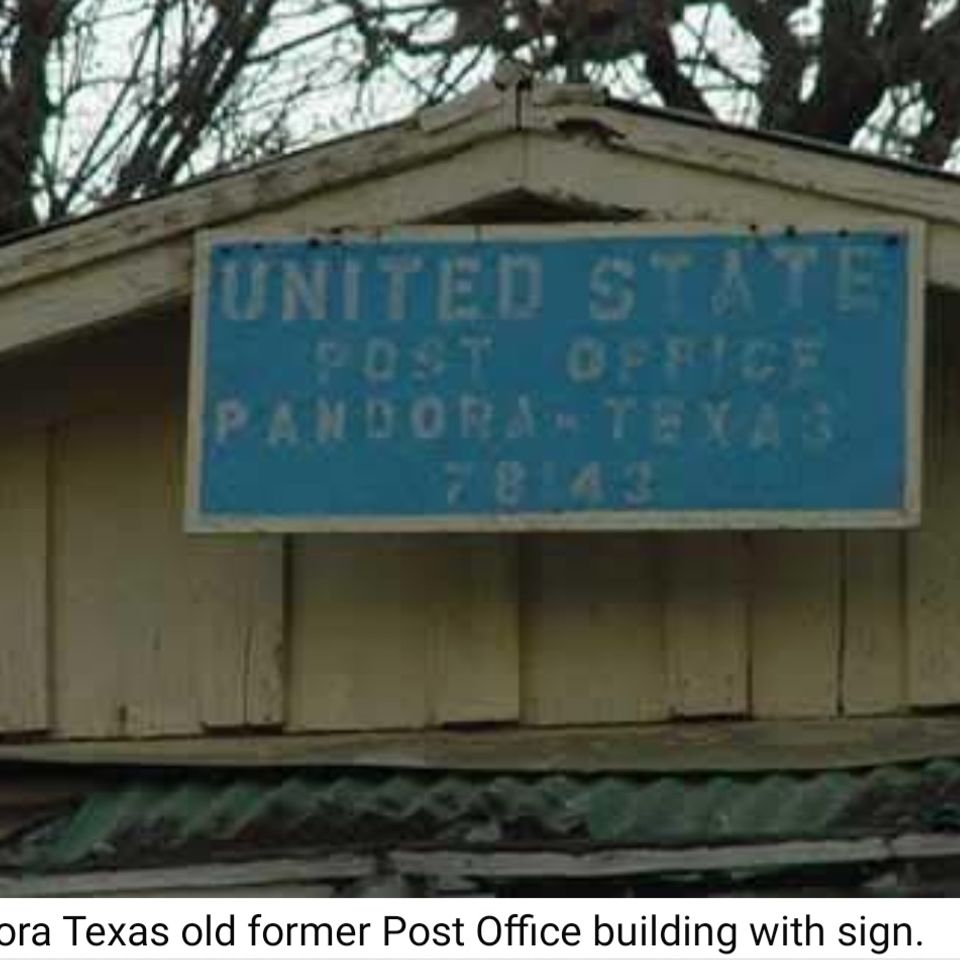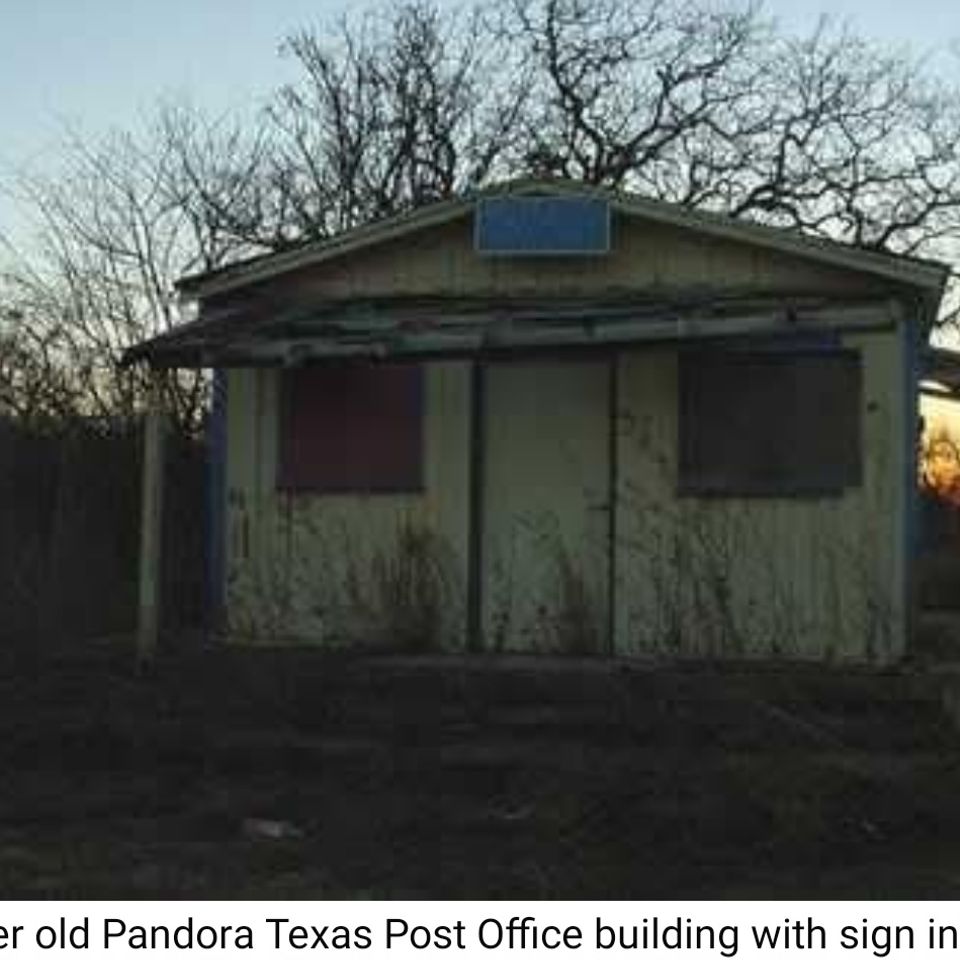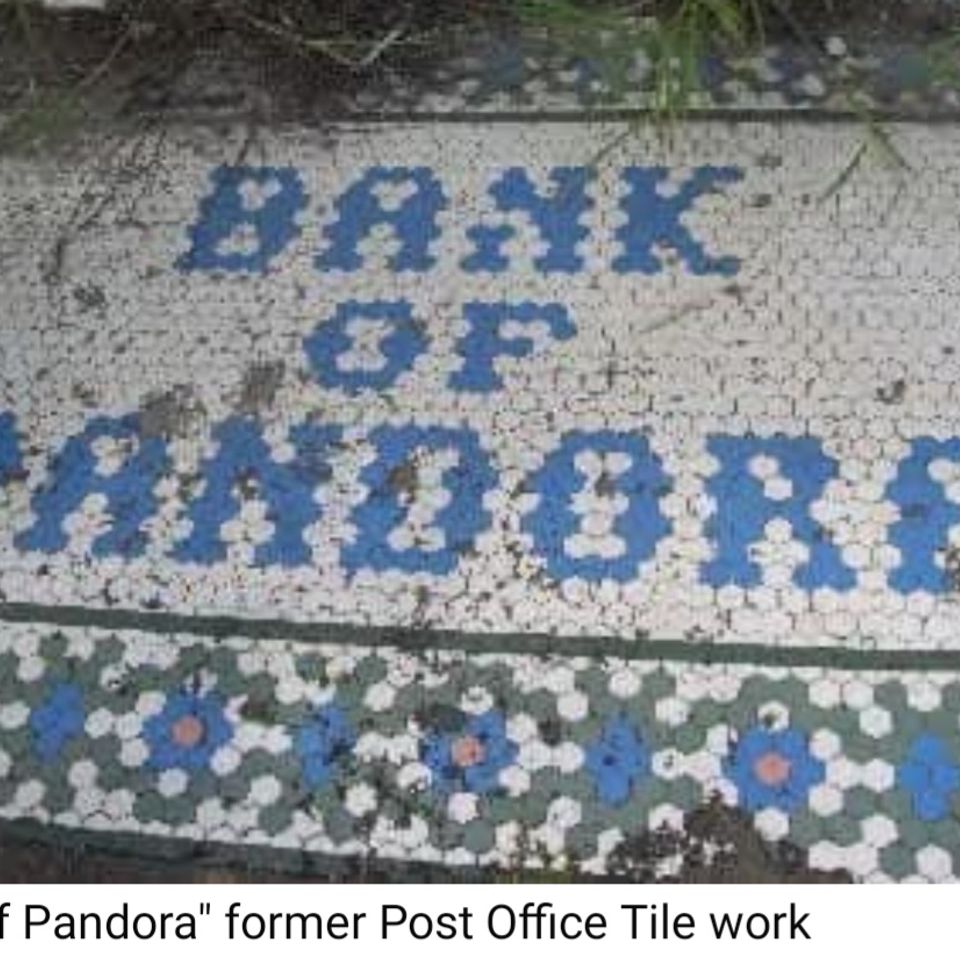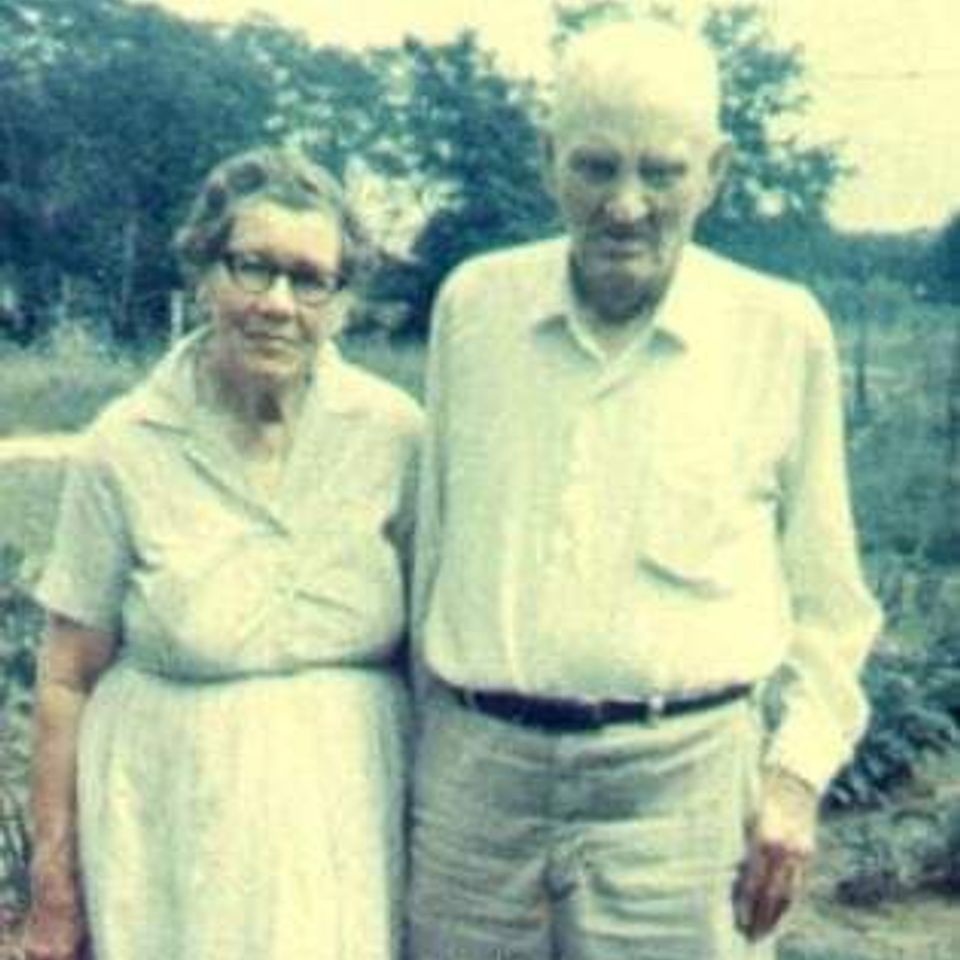by Barbara J. Wood
PANDORA
Dr. and Mrs. J. G. Springer...
LOCAL NEWS ... The Stockdale Times, Stockdale, Texas, May 30, 1913 issue had an interesting article from back in time.
Dr. and Mrs. J. G. Springer of Floresville motored over here Monday to see R. J. Smith and daughter, Miss Johnnie Smith, both of whom were painfully bruised by being thrown out of a buggy while enroute home from Pandora, where they, along with others from this place, attended the Methodist protracted meeting last Sunday night. (Courtesy of The Library of Congress)
Dr. and Mrs. J. G. Springer of Floresville motored over here Monday to see R. J. Smith and daughter, Miss Johnnie Smith, both of whom were painfully bruised by being thrown out of a buggy while enroute home from Pandora, where they, along with others from this place, attended the Methodist protracted meeting last Sunday night. (Courtesy of The Library of Congress)
Pandora, Texas
Little, if anything, is known of Pandora's early years or how it got its slightly uncomfortable name. Those familiar with Greek mythology, will remember that she was the first woman on earth - created by order of Zeus. She was given a jar (or box) which she was told not to open for any reason. But curiosity got the better of her and when she removed the lid, evil escaped and things have never been the same since. Looking at the town of Pandora today it appears that the lid has been removed, but it should be remembered that one thing remained in Pandora's box - and that was hope.
In the 1890s, Pandora became a stop on the San Antonio and Gulf Railroad. A store opened in 1900 and by 1906 the town had a post office. In 1914 Pandora was thriving with three stores, two blacksmiths, a gin, druggist, butcher and a population of 100. The population doubled by 1947 but since then the town has declined to its present condition. The post office has closed in recent years.
http://www.texasescapes.com/DEPARTMENTS/About_TE/Staff/TexasEscapesContributorsList.htm
In the 1890s, Pandora became a stop on the San Antonio and Gulf Railroad. A store opened in 1900 and by 1906 the town had a post office. In 1914 Pandora was thriving with three stores, two blacksmiths, a gin, druggist, butcher and a population of 100. The population doubled by 1947 but since then the town has declined to its present condition. The post office has closed in recent years.
http://www.texasescapes.com/DEPARTMENTS/About_TE/Staff/TexasEscapesContributorsList.htm
Living life in Pandora
A Newspaper clipping shared by Laura Swiess relates living life in Pandora Wilson County Texas back in the early 1900's. Annie Dyal Fellers was 97 years old at the time of her interview in 1994. She was described as a "people's person" gathering Pandora's history story. Lucille McCoy was the interviewer and writer of this thought-provoking article.
"When Annie Ross Dyal was born on 9 February 1897, in Pandora, Wilson, Texas, United States, her father, John Jasper Dyal, was 35 and her mother, Sally Lavare Ross, was 32. She married John Willis Fellers on 25 December 1913, in Bexar, Texas, United States. They were the parents of at least 1 son and 3 daughters. She lived in Justice Precinct 4, Wilson, Texas, United States for about 20 years and Justice Precinct 7, Stephens, Texas, United States in 1930. She died on 12 June 1997, in Stockdale, Wilson, Texas, United States, at the age of 100, and was buried in Pandora, Wilson, Texas, United States." ....taken from "My Family History" ( Kevin Wagenfuehr , TWCTHT researcher)
The Pandora Quail Project
An unique project, formally known as The Pandora Quail Management Project began in 1946 in Wilson County in the Pandora and Union Valley Area. Its intent was to repopulate the native quail in this area and secondly to provide a cash producing venue for the local landowners. By providing for increased quail population with adequate nesting areas and native food, the area could be leased to bird hunters for their sporting enjoyment.
The project involved three different parties developing a coordinated working relationship. The landowners would make available approximately 10,000 acres of land located mostly in areas between Stockdale and Nixon. The Texas Game, Fish and Oyster Commission as it was called, would provide the expertise to promote an increased quail population. The San Antonio Bird Dog and Quail Club would participate by providing hunting dogs and hunters to demonstrate the viability of the project.
This hunting area involved some 26 land owners who cooperated by providing cover, nesting areas and native food for the quail. In addition it would allow hunters access to the properties. Bob Mauermann, a State Game and Fish Commission Biologist was assigned by the State of Texas to develop a plan for Quail restoration in this local area.
The intent was to increase the number of birds in the area to support competitive bird dog field trials. The San Antonio Bird Dog and Quail Club would be responsible for conducting the field trials and providing the bird dogs and promoting the area for national competitive trials which normally extend to three days of competition.
Mr Mauermann of the commission moved to Nixon to oversee this operation for three years. He worked with the landowners to create sanctuaries, plant cover and feed crops and do whatever possible to restore the former heavy quail crop which was then practically non- existent. After two years, the quail population had increased from one bird to 25 acres to one bird every 6 acres. The San Antonio Bird Dog and Quail Club provided the funds needed for seeding, fertilizing and providing good conservation practice. A Game Warden was hired in bird season and gates and gaps were installed to enable field trials to be held with the least damage to the property and fencing. After ten years the State of Texas ended its participation in the project as it was considered to be a great success. The landowners continued their commitment to the project for another 25 years because of its many benefits to them and the area.
James Foster and Haywood McDaniel of the San Antonio Bird Dog and Quail Club, with the leadership of Bob Mauermann of the State Fish and Game Commission, developed the quail restoration program to increase the bird population to a level to support competitive bird dog field trials. In time the fields and bird population were developed to such an extent that the area qualified for the holding of National Bird Dog Field trials.
The big open fields provided an ideal habitat for the Bobwhite quail, a native of the area. This kind of native environment provided ideal conditions for bird hunting with the classic bird dog. In classic game bird hunting with a pointing dog, the Pandora area became well suited to this type of hunting. With the hunter on horseback or riding in a vehicle in the available open areas for the dogs to search and point the setting quail, it provided enough area for the judges to follow and observe the action of the dogs and hunters. It also permitted the observers to view the movements of the hunt without impeding the dog's natural hunting ability.
The San Antonio Bird Dog and Quail Club would also hold an annual party at the Union Valley Community Tabernacle. The Club would host a barbeque supper for all the local land owners and their families participating in the Pandora Quail Management Project. Perhaps the most colorful person present at these gatherings was Claud Chessher, who became known as the "John Wayne of Bird Dog Field trials". Chessher knew every fence line and trail in the hunting area and would lead the hunters. With his good horse, he would ride ahead of the hunting groups to open the many gaps and gates in the area. He remained to close the pathways after the hunters passed through and then he mounted his horse to catch up and lead the group to the next fence closure. During the time of the trials, he would make this circuit of almost nine miles twice daily for each day of the three day trials.
Haywood McDaniel, Bob Mauermann and Claud Chessher were attributed with being the most responsible for these annual successful events. This annual party also enabled the many other persons who were involved in starting and keeping the project going to visit with each other and their families. Another individual who was always at each of these events was Mrs. Molley Hewell. She was famous for bringing her watermelon pickles for the trial crew lunches and became known as the "watermelon queen".
The Pandora project became an unbelievable successful event and the only one in Texas. It created many mutual benefits for the area. It also demonstrated an awareness of how much a cooperative effort can accomplish.
Compiled from the historical files of the Wilson County Historical Society archives by Gene Maeckel March 2009.
